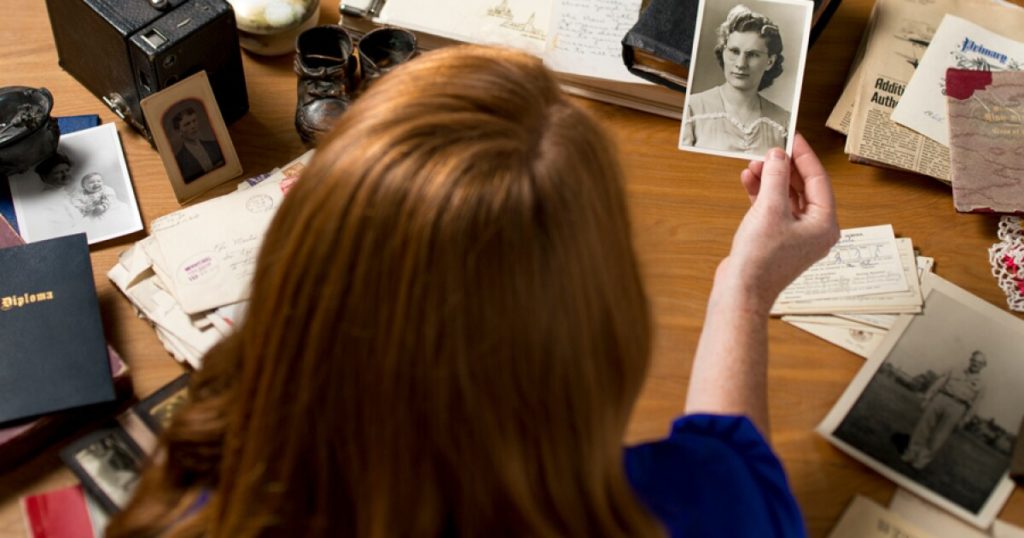
If you think back on your family research journey so far, you might notice that many of your brick walls are caused by elusive female relatives. And while finding these ancestors is challenging at times, it’s fundamental to documenting your family history, too.
And you’ve probably wondered why your women ancestors are so sneaky when it comes to genealogical records. The truth is it’s not really their fault but society’s. Before the 20th century, most of the time, only details about men and their lives were recorded. And even when women do make an appearance in historical records, there’s no consistency or pattern to how that is done. Their surnames keep changing so they keep disappearing—and needless to say, this makes documenting a family’s history and building a family tree a nightmare at times.
Here are a few tips that may help you locate female ancestors more easily.
Make Names Your Best Friends
Generally, just start with the assumption that the women you’re looking for will have different surnames throughout their lives unless they remained unmarried—which is very unlikely if they are direct ancestors.
Be aware that apart from variations in their surnames, their first names could have variations too. So, start with the ones you know including any maiden names, married surnames, nicknames, and other possible variations, for example, Maddie instead of Madison, Kate instead of Katherine, or Delia instead of Bridget.
Also, keep a list of their husbands’ and children’s names and any middle names that you know of. These are all leads that will help you track them down throughout history. Remember that maiden names will often resurface as middle names for children, too – so these can be important clues!
Start Creating A Timeline
A timeline will help you organize the information you have in chronological order. So, in general, for each female ancestor, create a timeline, and input the dates you already have. This could be the birth and the death date and any other important event you have proof for, such as a marriage date, birth dates of children, etc.
Fill in the rest of the timeline as you make newer discoveries. This could be information related to migration, major illnesses, significant deaths, and so on. You’ll soon realize that even when you don’t have the exact date for an event, you can prove your female ancestor’s presence at the time through related events around the same time and estimate a date accordingly.
Use Diaries and Letters to Your Advantage
The incredible thing about the women at that time was that even though they were ignored by society when history was being recorded, they still managed to leave their literary traces in their personal belongings. Women at the time were very fond of writing journals and letters to their loved ones.
If you can find any letters and diaries, you can use them to find out details about your ancestors’ lives. They can hold some fascinating revelations.
And in case you still can’t locate your female ancestors and have hit a brick wall or two, get in touch with the professional genealogists at DavisDNA And Family Research. We offer traditional and genetic genealogy services and can help you find lost family members in your family tree.
Call us today to get started!
